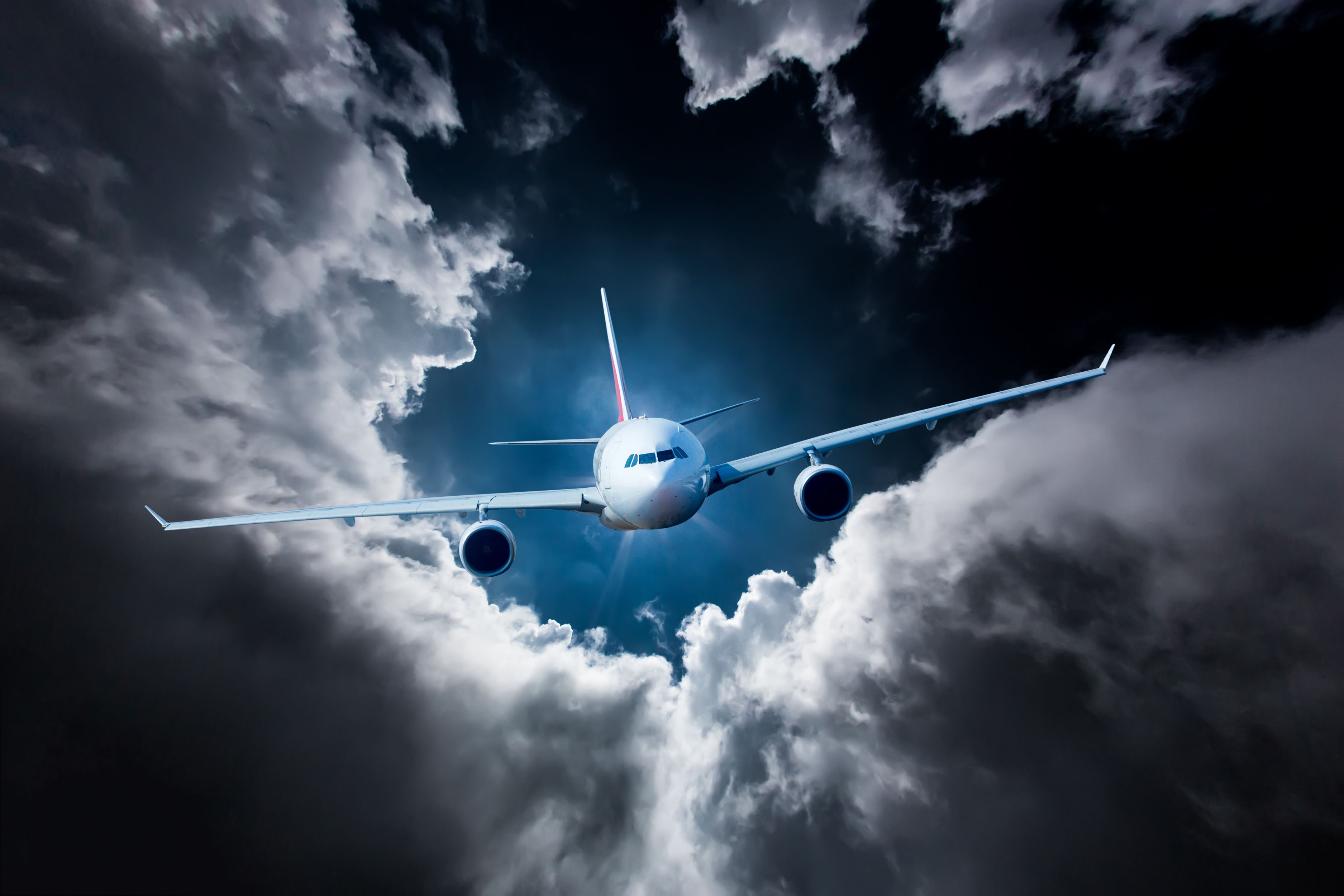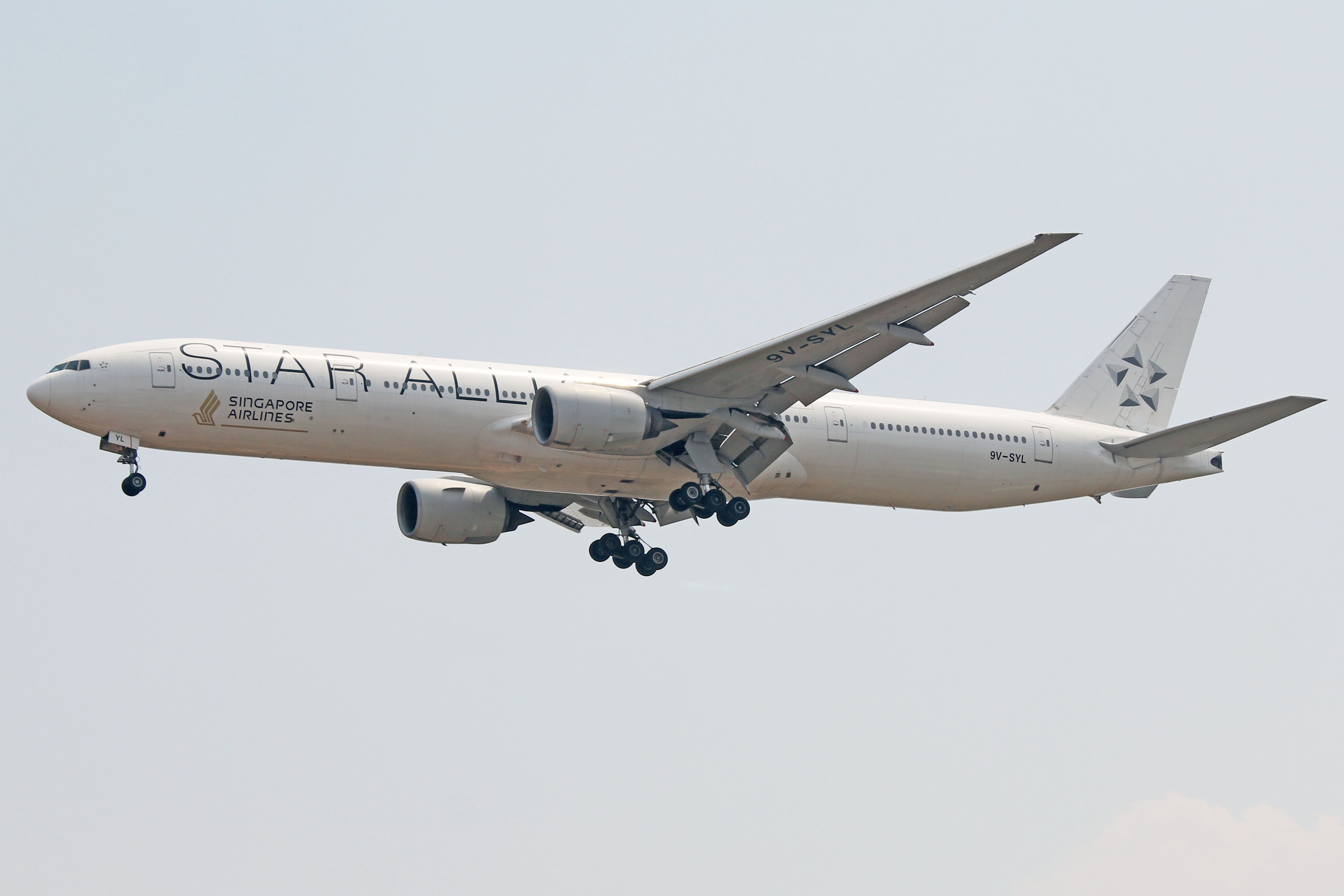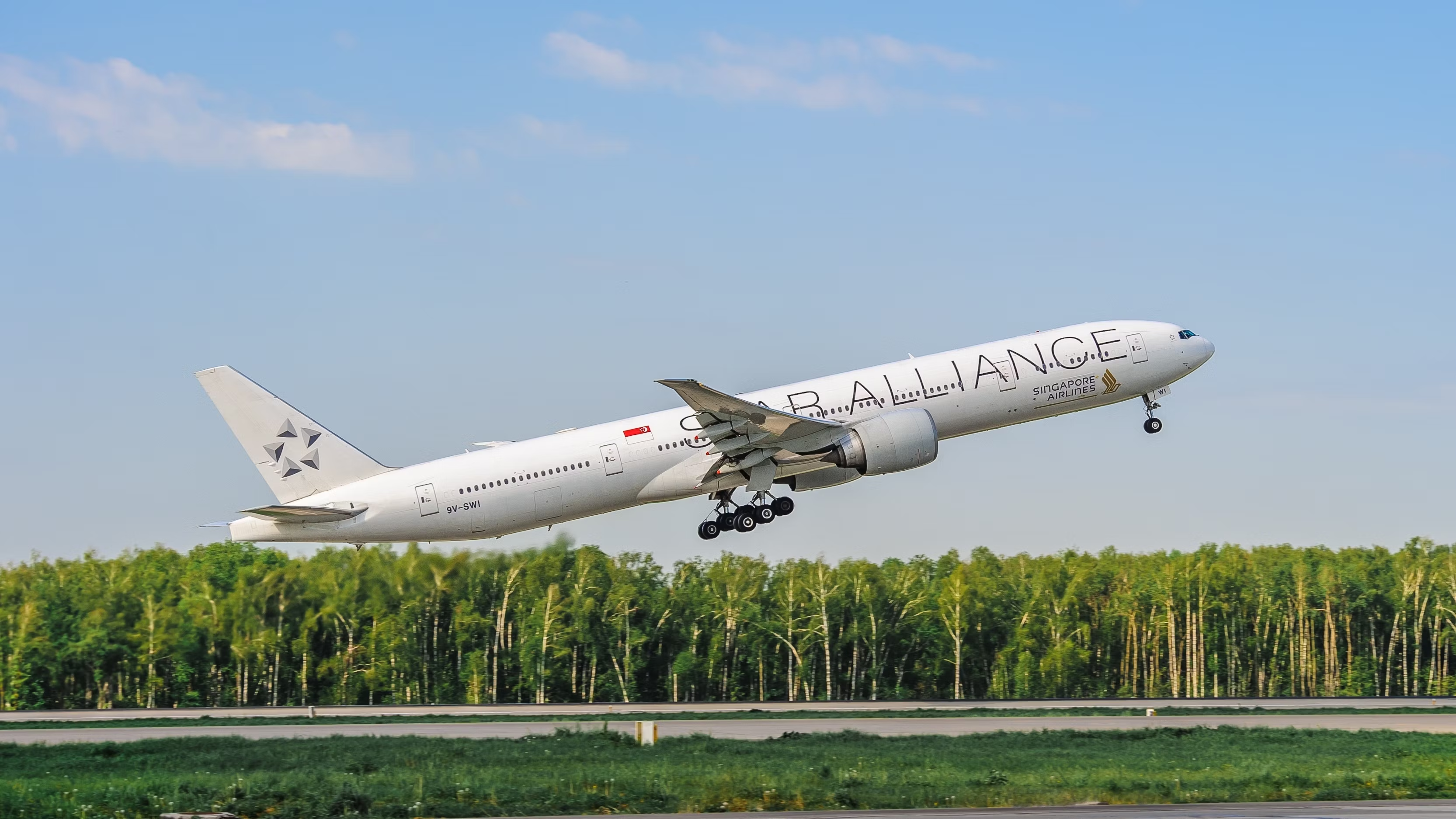Summary
- Singapore Airlines ferried its Boeing 777-300ER that encountered extreme turbulence last week back to Singapore.
- The airline has since updated its seatbelt policy following the deadly incident.
- Experts attribute rising turbulence incidents to climate change.
The Singapore Airlines Boeing 777-300ER that sustained major turbulence during a flight to Singapore from London last week has returned to its main base at Singapore Changi Airport (SIN). The carrier ferried the aircraft on Sunday after it remained on the ground in Bangkok for five days following the turbulence incident.
The severe and deadly episode, which shook the industry, has prompted Singapore Airlines to revise its seatbelt policy onboard flights. It comes as reports of extreme turbulence have been on the rise, which experts believe is caused by climate change.
Flight path
According to Reuters, Singapore Airlines confirmed that the 777-300ER was flown back to SIN, and it is fully cooperating with relevant authorities in the investigation into the incident. Data from FlightAware shows the aircraft, registered as 9V-SWM, departed from Suvarnabhumi Airport (BKK) as SQ9071 on Sunday at 10:49.
Photo: Flightradar24
It took off from Runway 19R and flew south over the Gulf of Thailand, reaching a cruising altitude of 39,000 feet about 17 minutes into the flight. The aircraft flew just over an hour, crossing over Malaysia, before beginning its initial descent. It arrived at SIN at 13:39 – resulting in a flight duration of one hour and 50 minutes. Flight data does not indicate any future flights for 9V-SWM. It will likely remain out of service as officials continue to investigate.
Details of the incident
The aircraft was operating as SQ321 from London Heathrow Airport (LHR) to SIN on Monday, May 20th, when it encountered severe turbulence and quickly diverted to Bangkok. 211 passengers and 18 crew members were onboard. It is believed that the aircraft dropped suddenly in altitude, causing people without wearing seatbelts to be ejected into the cabin ceiling. Several were injured, and sadly, a 73-year-old British man died of a suspected heart attack.
52 people remain in Bangkok, including 40 passengers and a crew member receiving treatment at a hospital, according to Reuters. Five people – three from Australia, one from the UK, and one from New Zealand – are in intensive care. Another incident occurred on Sunday when a Qatar Airways flight from Doha to Dublin, Ireland, encountered turbulence. According to the airline, 12 people were injured, and the injuries were minor, but they have received medical attention.
More turbulence to come?
Clear air turbulence, which often accounts for the most severe episodes, is caused by several different factors. It is dangerous because it is more difficult for air traffic controllers and pilots to predict when planning a flight path. Since it is harder to predict, avoiding it is becoming a challenge for flight crews. Experts believe that climate change is affecting clear air turbulence and is making it more frequent and intense.

Invisible Danger: A Closer Look At Clear Air Turbulence
Recent incidents have led many to become concerned over the phenomenon.
Paul Wiliams, a professor of atmospheric science at the University of Reading, spoke to USA TODAY last year about the rise in severe turbulence reports.
“It’s going up because of climate change. The atmosphere is getting more turbulent; there will be more severe turbulence in the atmosphere.”
Another expert agreed with Williams’ statement.
“Turbulence is going to tend to become more frequent and more intense with climate change,” said Thomas Guinn, the Chair of applied aviation sciences at Embry-Riddle Aeronautical University.
Turbulence is the leading cause of injuries among aviation-related accidents, according to Flight Injury The Law Office of Brohrer & Lukeman. Nearly 60 people in the US are injured by turbulence each year. Two-thirds of turbulence incidents occur at or above 30,000 feet and can strike without warning.
Passengers should always keep their seatbelt fastened when seated, even if the seatbelt sign is off. Singapore Airlines updated its seatbelt policy late last week, confirming that it would suspend hot beverage and meal service when the seatbelt sign is illuminated.

Singapore Airlines Changes Seatbelt Policy Following Severe Turbulence Injuries
As a result, passengers will not be served hot drinks or meals when the seatbelt sign is on.

